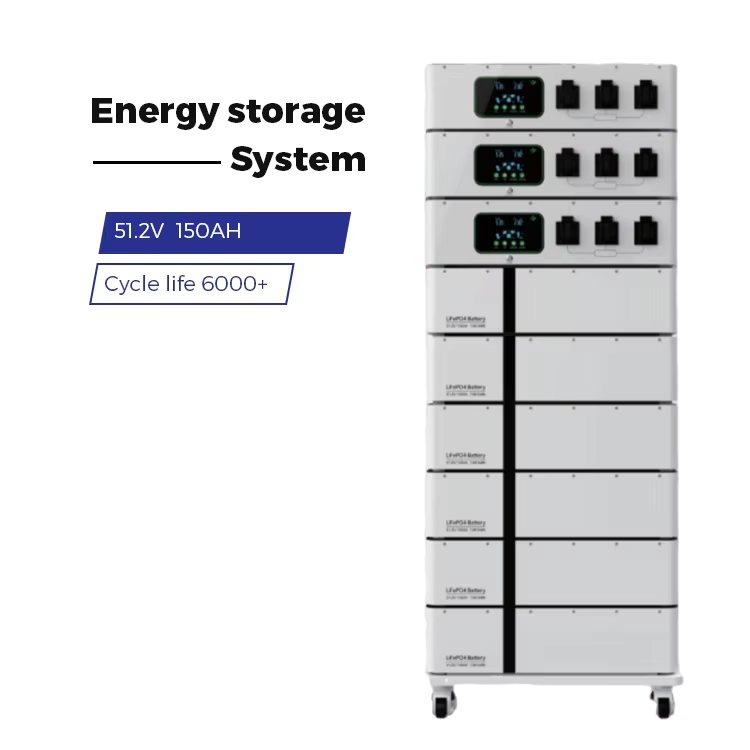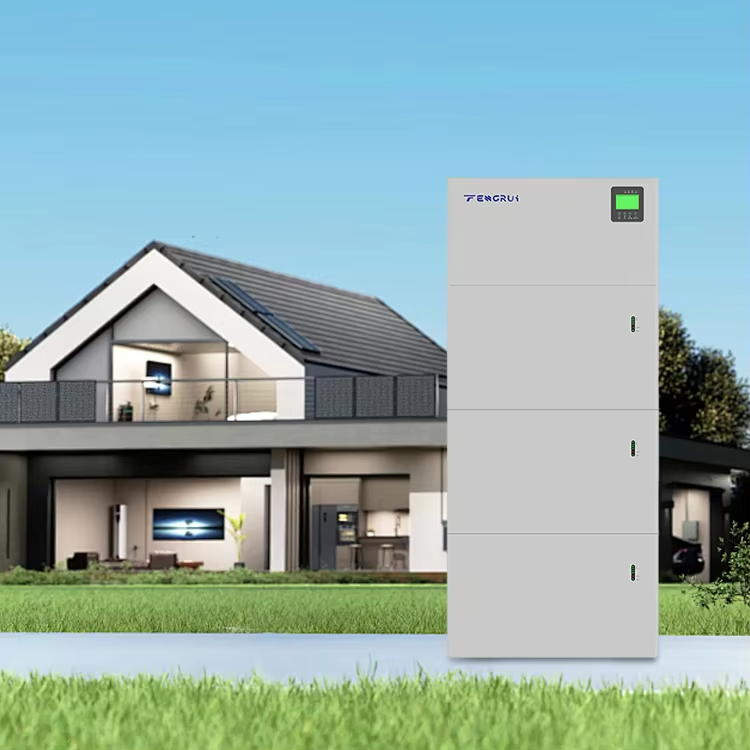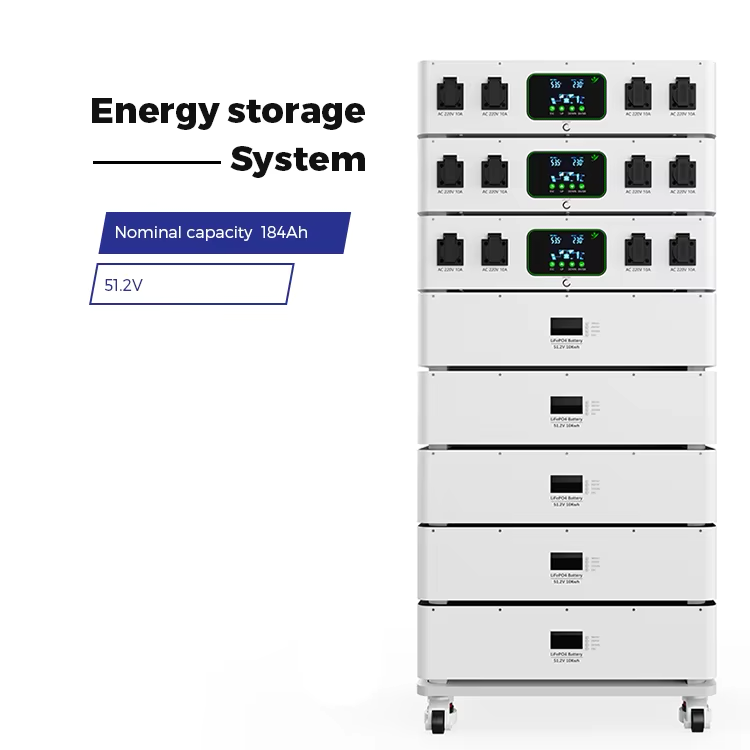grid tied inverter
A grid tied inverter serves as a crucial component in solar power systems, converting direct current (DC) electricity generated by solar panels into alternating current (AC) power that can be fed into the electrical grid. This sophisticated device synchronizes the converted electricity with the grid's voltage and frequency, ensuring seamless integration and optimal power distribution. Modern grid tied inverters incorporate advanced features such as Maximum Power Point Tracking (MPPT), which continuously adjusts the operating conditions to extract maximum power from solar panels despite varying environmental conditions. These inverters also include essential safety features like anti-islanding protection, which automatically disconnects the system during power outages to protect utility workers. The technology enables bi-directional power flow, allowing excess generated electricity to be exported to the grid while also drawing power when needed. Grid tied inverters typically achieve high conversion efficiencies, often exceeding 95%, minimizing energy losses during the conversion process. They come in various sizes and configurations, from small residential units to large commercial systems, making them versatile for different applications. These inverters also feature monitoring capabilities, enabling users to track power generation, consumption, and system performance in real-time through digital interfaces or mobile applications.


